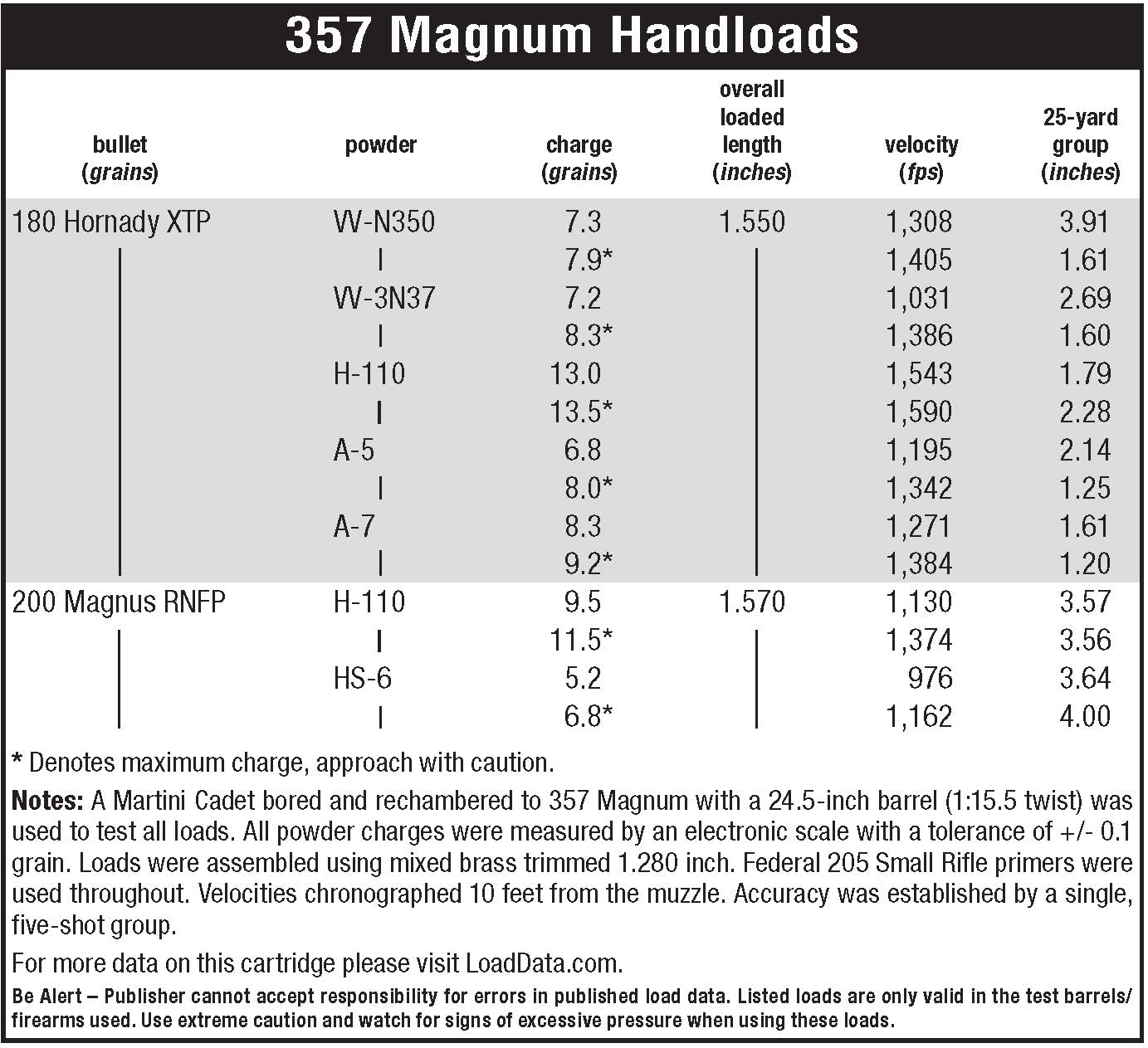Aussie Rifle, American Cartridge
A MArtini "Mini-Me" Made Magnum
feature By: Art Merrill | March, 25

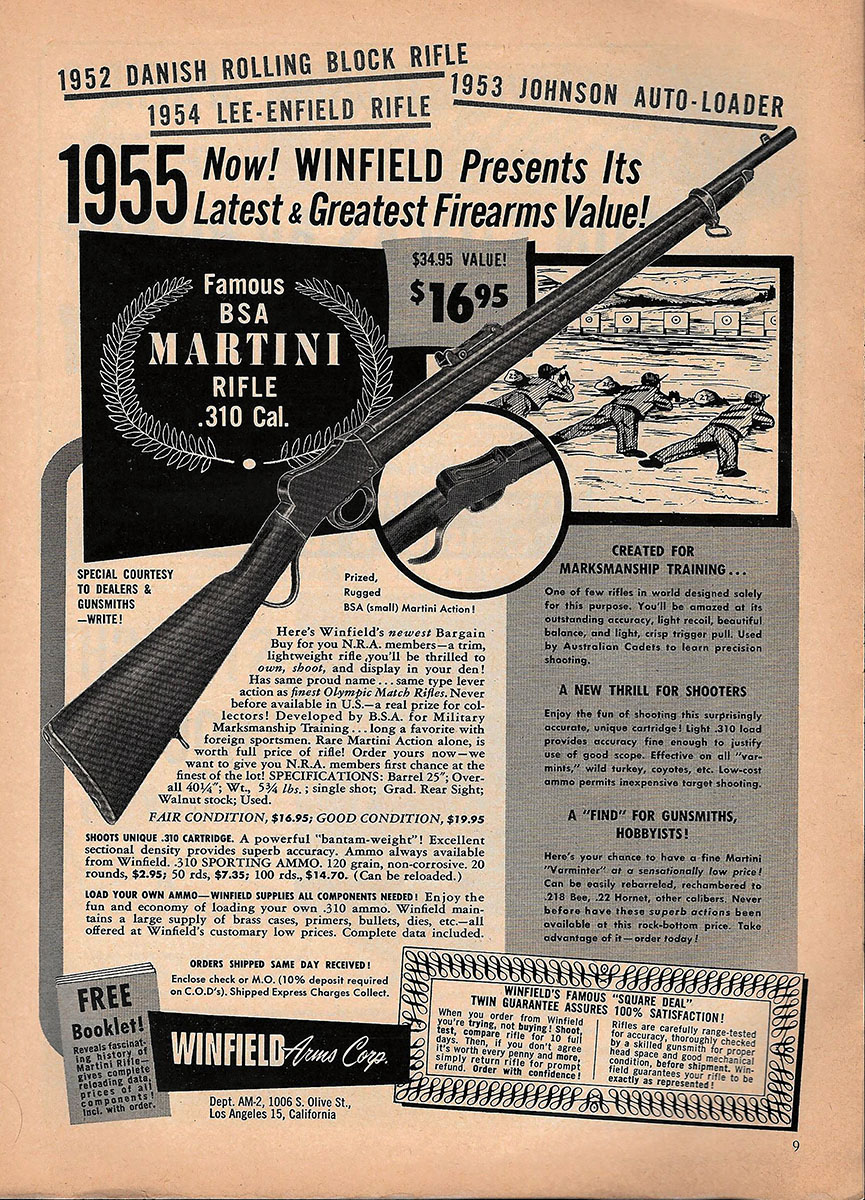
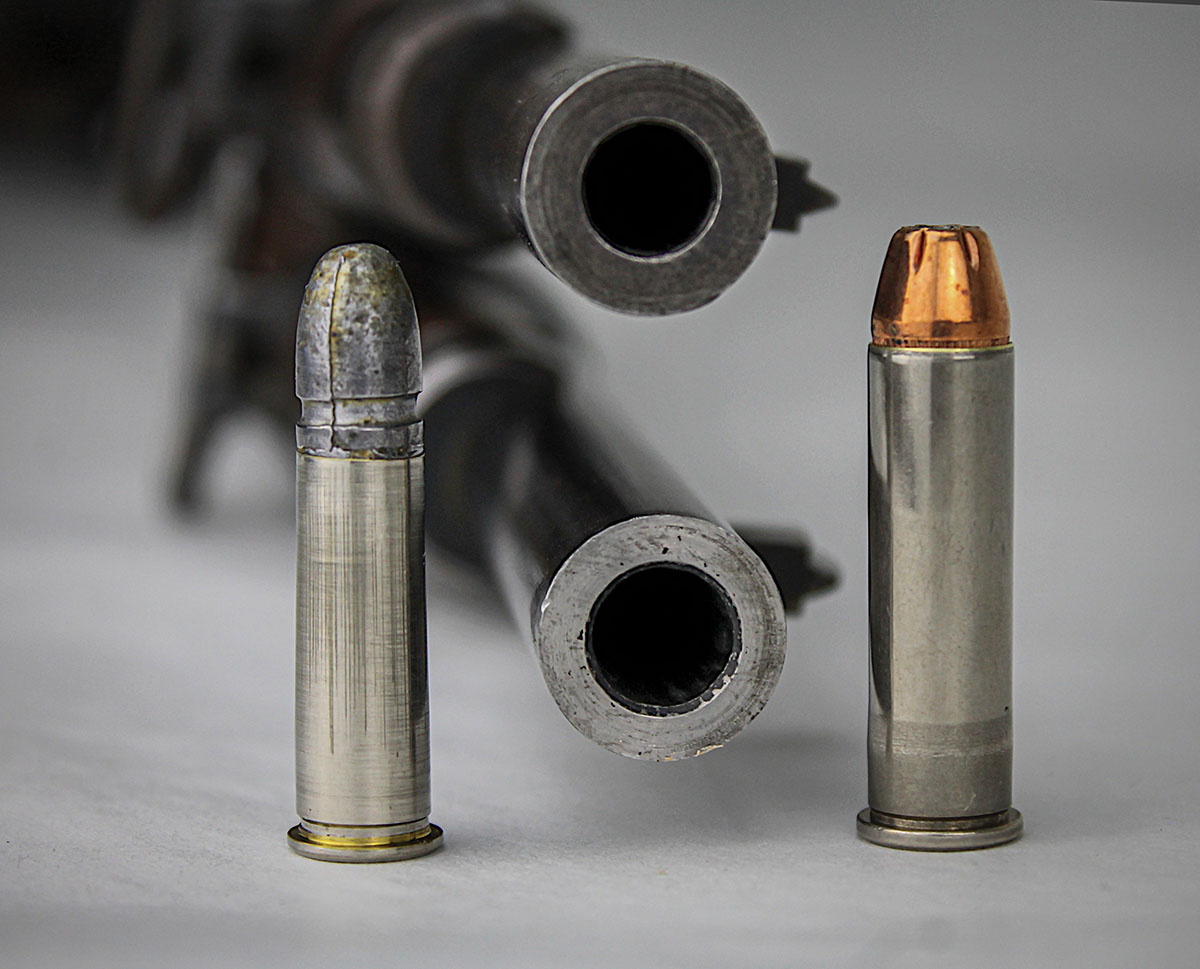
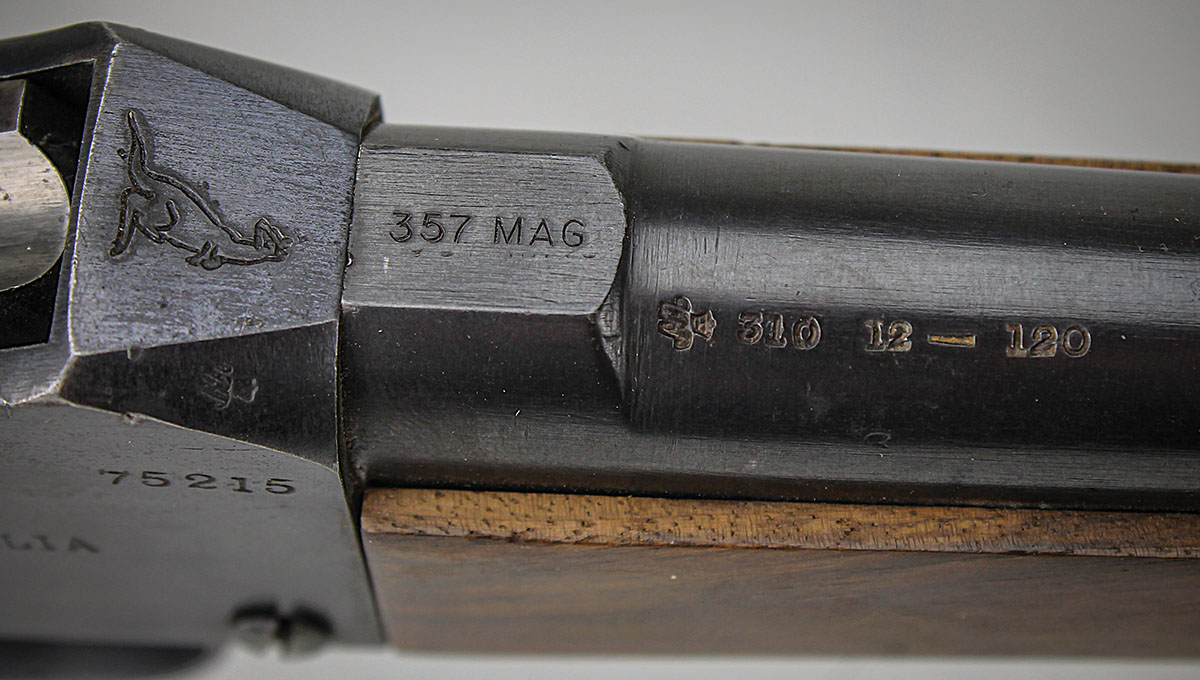
Greener chambered his miniature rifles in a caliber of his own design, the 310 Greener. He said at short range it mimicked well enough the Army cartridge’s longer-range performance. Later chamberings include 22 Short Black, 22 Long, 22 Long Rifle, 297/230 Short and Long, and others. The British government
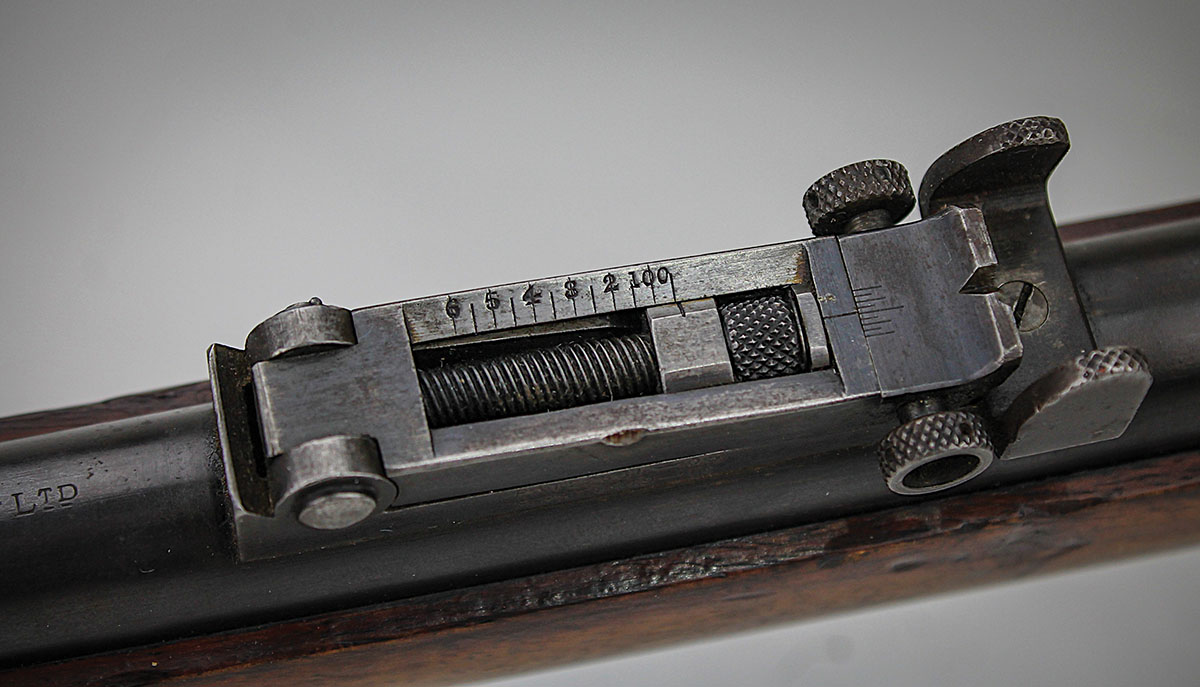
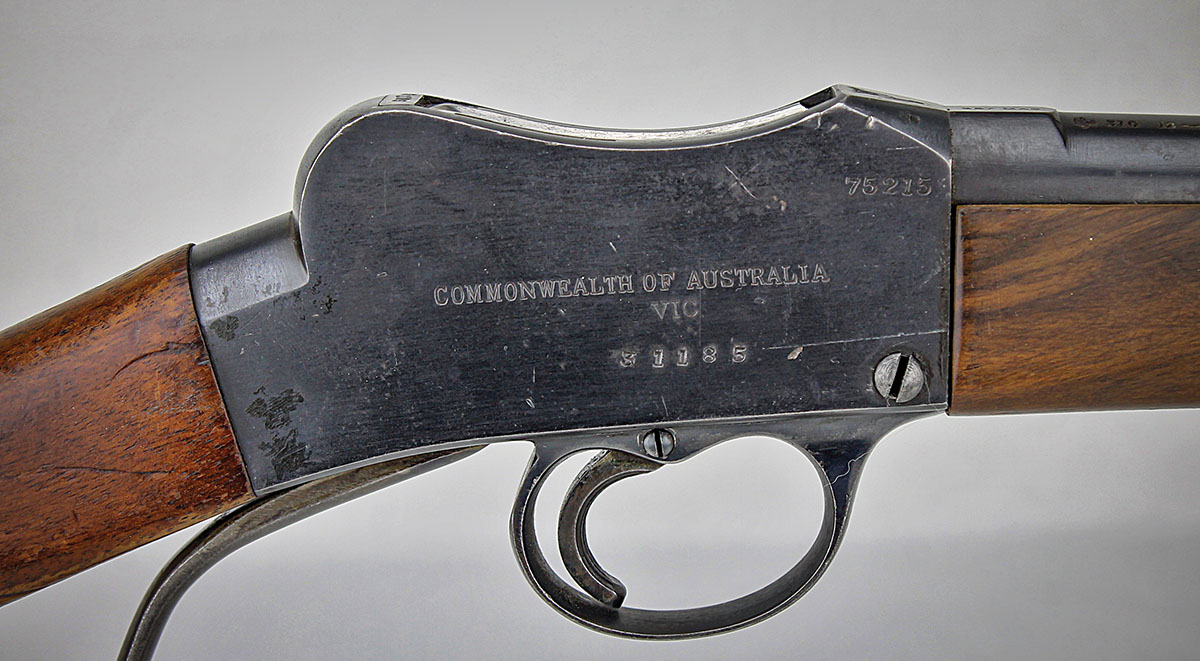
In addition to Greener, companies Webley & Scott, Westley-Richards, and Birmingham Small Arms (BSA) manufactured the small Martini actions. BSA manufactured about 80,000 miniature rifles, many or most of which went to Australia. There, the 310 Greener rifles served their role in training cadets. In early World War II, when a Japanese invasion seemed possible. They were thrust in emergency military service loaded with
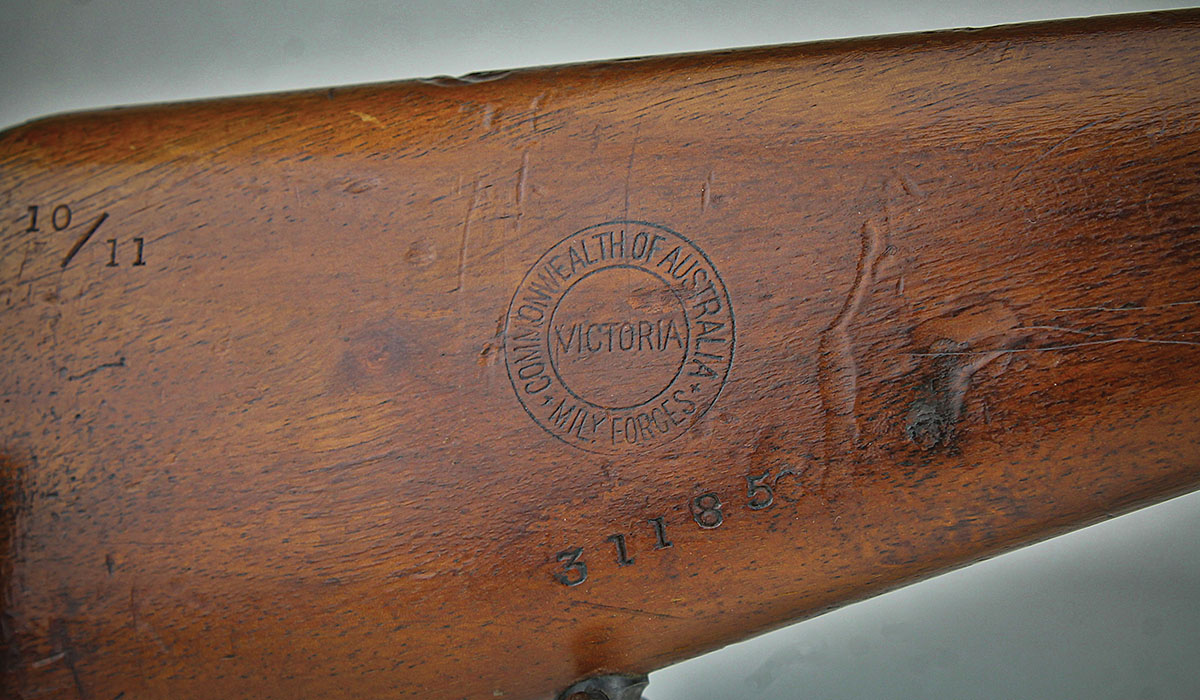
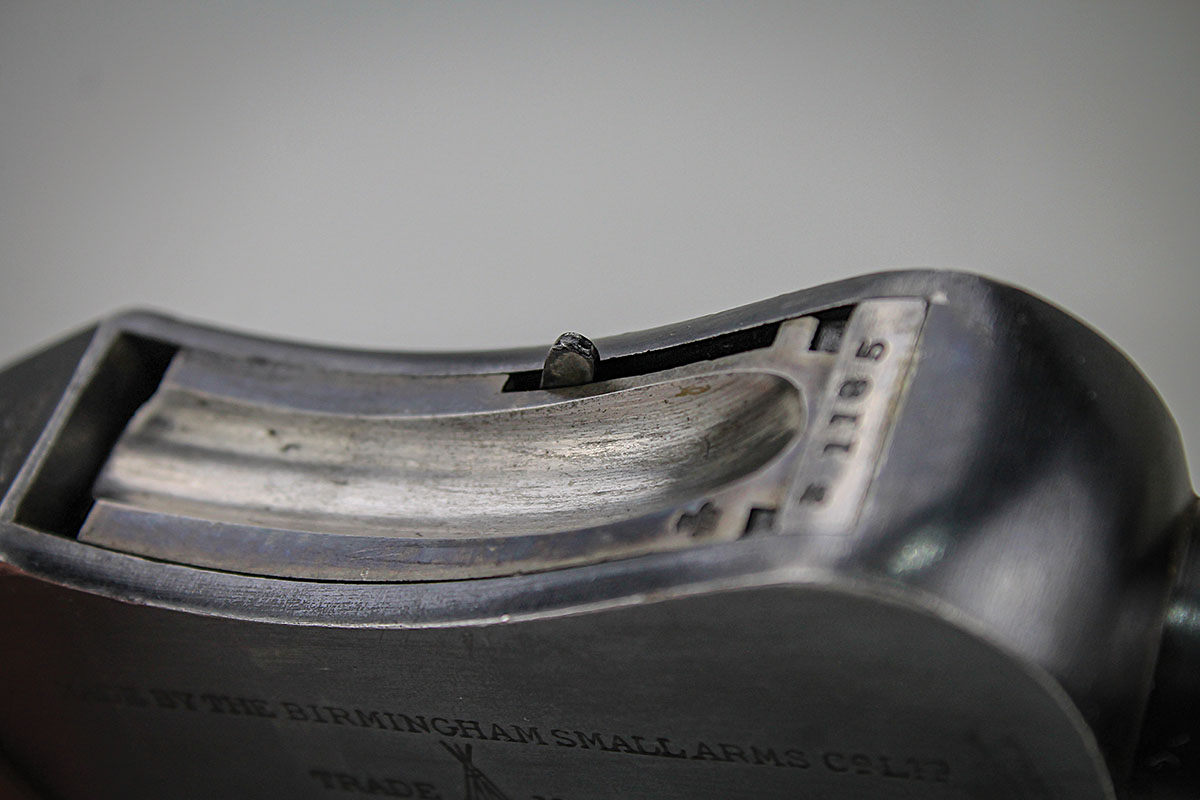
Though the cartridge failed to generate American interest, some shooters found their 310 Martini Cadets would chamber the 32-20 Winchester cartridge. I have one that does so, but the bullet is so under actual bore size that it keyholes paper targets at 25 yards. However, the small Martini Cadet action quickly became popular for rechambering to centerfire target and varmint cartridges and was a favorite among wildcatters. Martini Cadets have been converted to shoot, among other cartridges, the 22 Hornet, 218 Bee, 22 Jet, 25-20, 357 Magnum and 44 Magnum. Note that these are all rimmed cartridges because modifying the action’s extractor for use with rimless cartridges is not a simple procedure, though it can be done. In fact, the small Martini action was a favorite among Olympic shooters firing the rimfire 22 Long Rifle cartridge. Among surviving Martini Cadets today, I speculate whether converted rifles may outnumber those still retaining their original 310 Greener (aka 310 Rook and 310 Cadet) chambering.
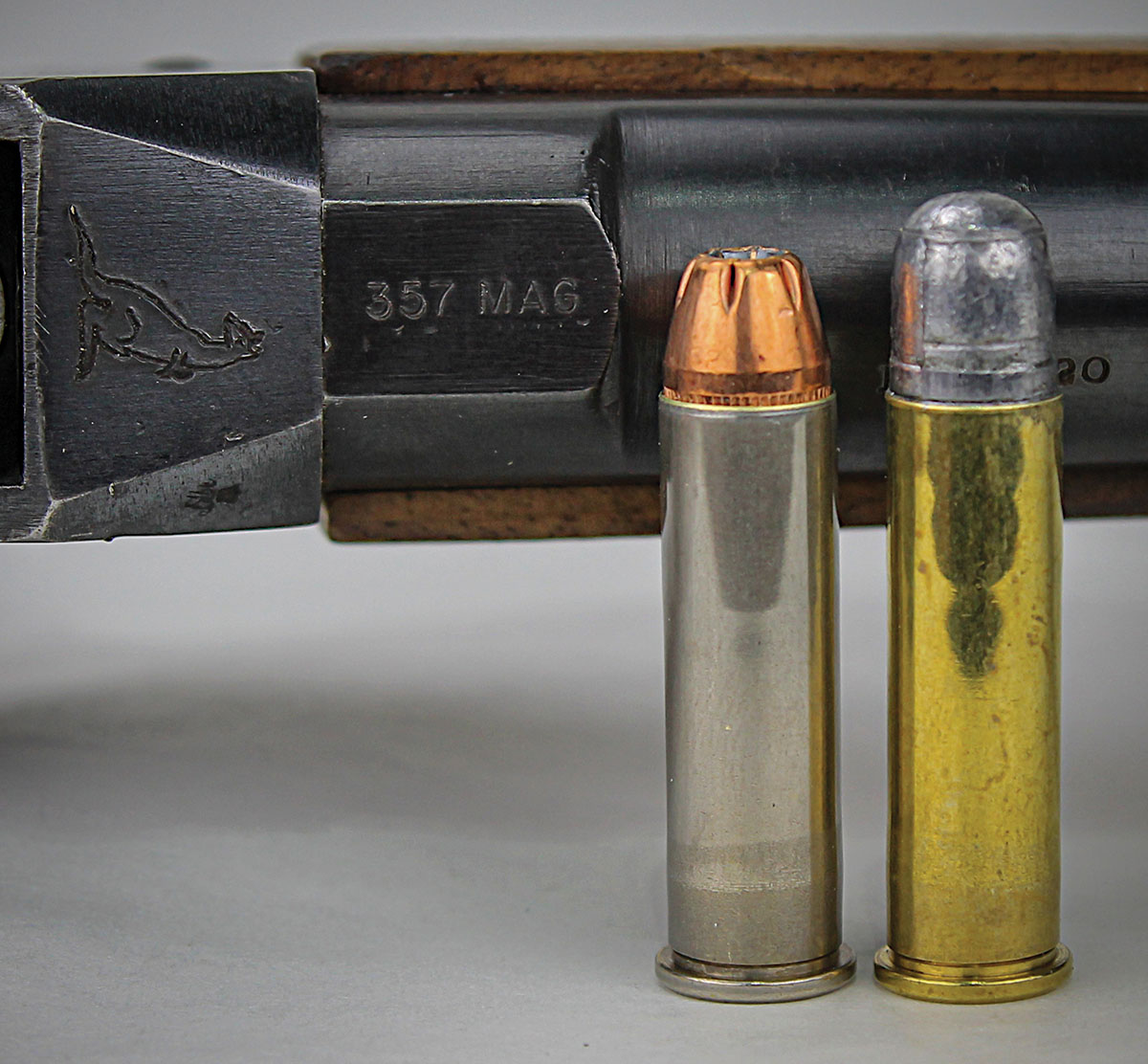
A circular cartouche on the buttstock reads, “COMMONWEALTH OF AUSTRALIA MILy FORCES VICTORIA.” The buttstock also bears the receiver’s Australian serial number and a “10/11,” perhaps unit or rack numbers. It is not in as good shape as the forearm, which has the look of a replacement. The long forearm is pinned to the barrel by one pin below and behind the rear sight, and a second pin passing through the barrel band.
Stretching only 40 inches from muzzle to butt plate – merely three inches more than a standard Ruger 10/22 – length of pull is an ordinary, adult-size 13.5 inches. Weight is a feathery 5.7 pounds. Single-stage trigger pull is severely hefty at just over eight pounds, a definite detriment to accuracy and load development, but it exhibits no take-up or creep.
Sights are originals, and the front is a simple inverted V or “barleycorn,” familiar to every shooter of vintage military rifles. Most unusual, however, is that the barrel-mounted rear sight adjusts for windage and elevation. Or perhaps not so unusual – or at least not unexpected – on a rifle originally intended to teach marksmanship. Turning knurled knobs on either side of the rear sight slides the sight leaf left or right; tiny hash marks on top of the leaf give a visual indication of its position relative to a witness mark on the sight’s body. Turning a knurled nut on a central threaded shaft adjusts elevation; elevation marks run from 100 to 600 yards. Milled steel “ears” provide a modicum of protection for the sight leaf and against inadvertent windage adjustment.
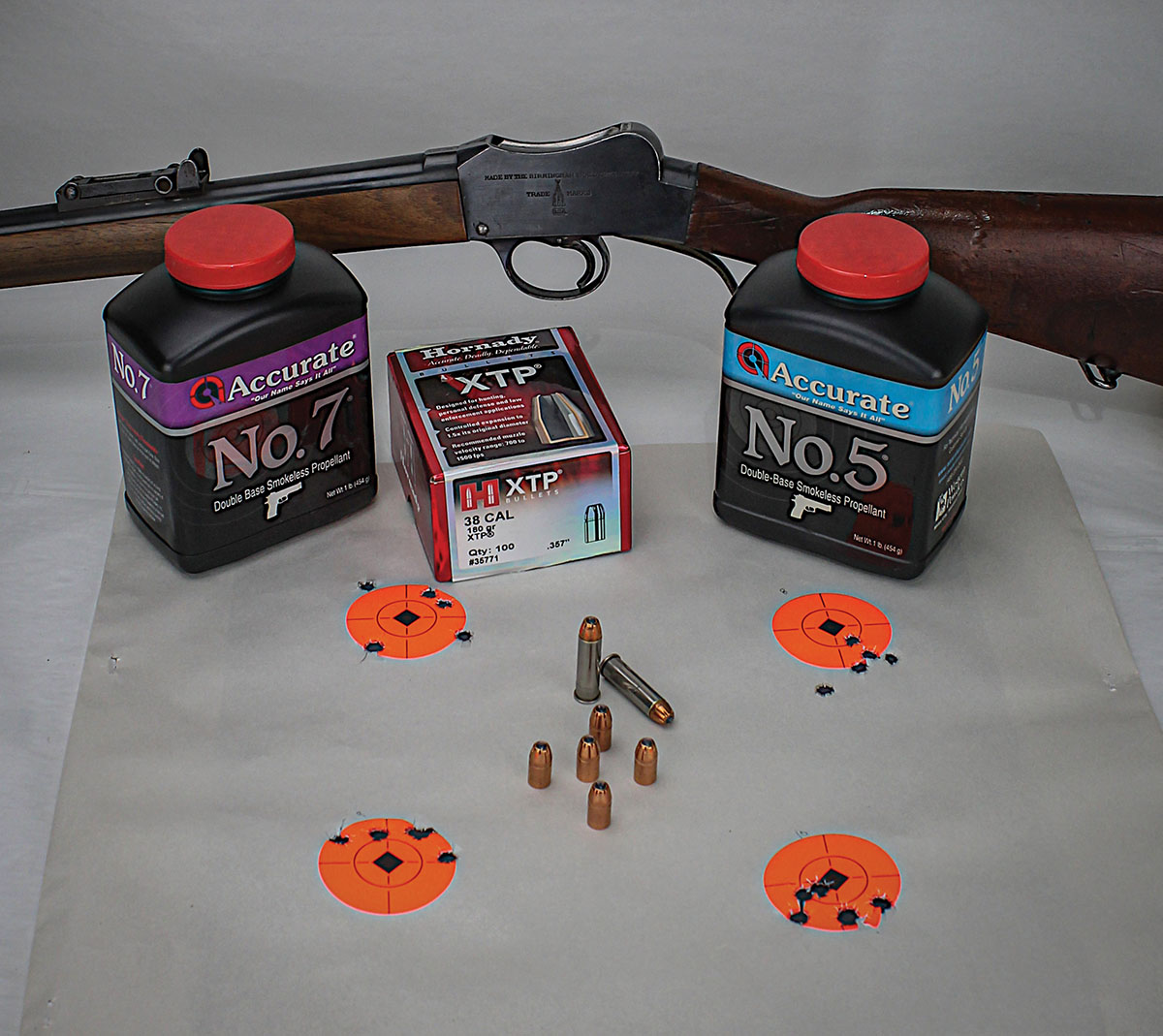
The first thought that comes to the mind of the seasoned rifleman and handloader is that of modern cartridge pressures in the aged and diminutive rifle. Greener himself wrote that he preferred the Martini action for his miniature rifle for “being exceedingly strong, simple in construction, and consequently less liable to get out of order than other more complicated mechanisms.” Frank de Haas (Single Shot Rifles and Actions, DBI Books, 1969) believed the Martini Cadet action to be “fully as strong, if not stronger than, the larger Martini action,” which he attributed to the Cadet action’s thick walls and lack of pin or screw holes. He felt the action would be suitable for the 222 Remington’s pressure of 55,000 psi if only the extractor could be made to reliably work with the rimless cartridge. The 357 Magnum, by comparison, has a SAAMI Maximum Average Pressure of 35,000 psi. Given that the 310 Greener cartridge develops only about 15,954 psi of pressure, Greener’s “exceedingly strong” comment is a marked understatement.
Of special interest here is that the twist rate in this now-a-357 Magnum Martini Cadet is 1:15.5, compared to a more typical twist of 1:18.75 found in most so-chambered revolvers (note some 357 Magnum lever action rifles feature a 1:16 twist). This faster twist, of course, permits experimenting with heavyweight .357 bullets of 180 and 200 grains that, for me, have demonstrated poor accuracy in the 1:18.75 twist of revolvers at Handgun Metallic Silhouette competition. Unless you handload 357 Magnum for rifles that sport a faster twist, you may not have noticed that such hulking .357 bullets aren’t staggeringly common during the best of times. But I found a box of Hornady 180-grain .357 XTP jacketed bullets at a local mom-and-pop gun shop and some commercial cast lead 200-grain round-nose flat point (RNFP) bullets I had garnered sometime in the past.

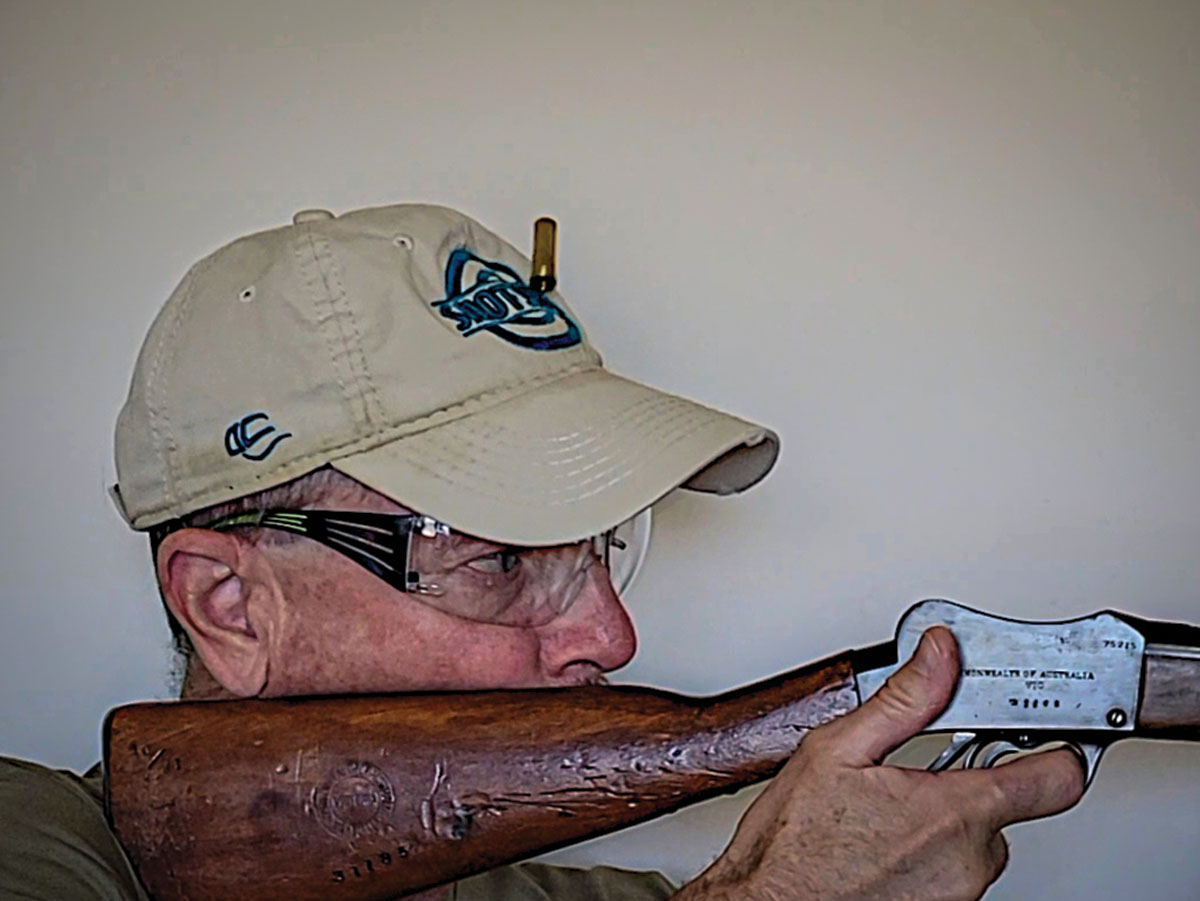
Note as well that because the 357 Magnum is a handgun cartridge, load data listed Small Pistol Magnum as the primer of choice. Given the theoretically harder blow from the rifle’s firing pin that could possibly pierce a thinner pistol primer cup, it seemed wise to go with Small Rifle primers instead, in this case, Federal 205 primers.
Accuracy at 25 yards here turned in groups no better than from a standard revolver, which I’m certain is more a function of the shooter’s imperfect eyesight and that heavy trigger than of either rifle or loads. However, the little single shot showed a definite preference for jacketed bullets.
At this writing (late 2024), online asking prices for Martini Cadets in original 310 Greener chambering are in the $750 to $1,000 neighborhoods; sales actually realized in 2024 appear to run from about $450 to $700. Cadets in other chamberings, such as 32-20, with rebored barrels and original stocks, fetch a few dollars more. Those with custom stocks, scope blocks, and varmint chamberings go for anywhere from $1,000 to $3,000 and probably more, depending on the quality of the work, overall condition, and condition of the bore.
For the Cadet presented here, there’s still plenty of room for more post-trigger-job load development, especially with the lead bullets (though I would abandon HS-6 with its small charges), and with lighter bullets, too. Testing with 38 Specials and shotshells widens the field of experiments considerably, so this blast-from-the-past Martini Cadet has the potential to provide long-term shooting and handloading entertainment. And for the miniature rifle, entertainment is a much more appropriate role than guarding lonely beaches from hostile invaders.



